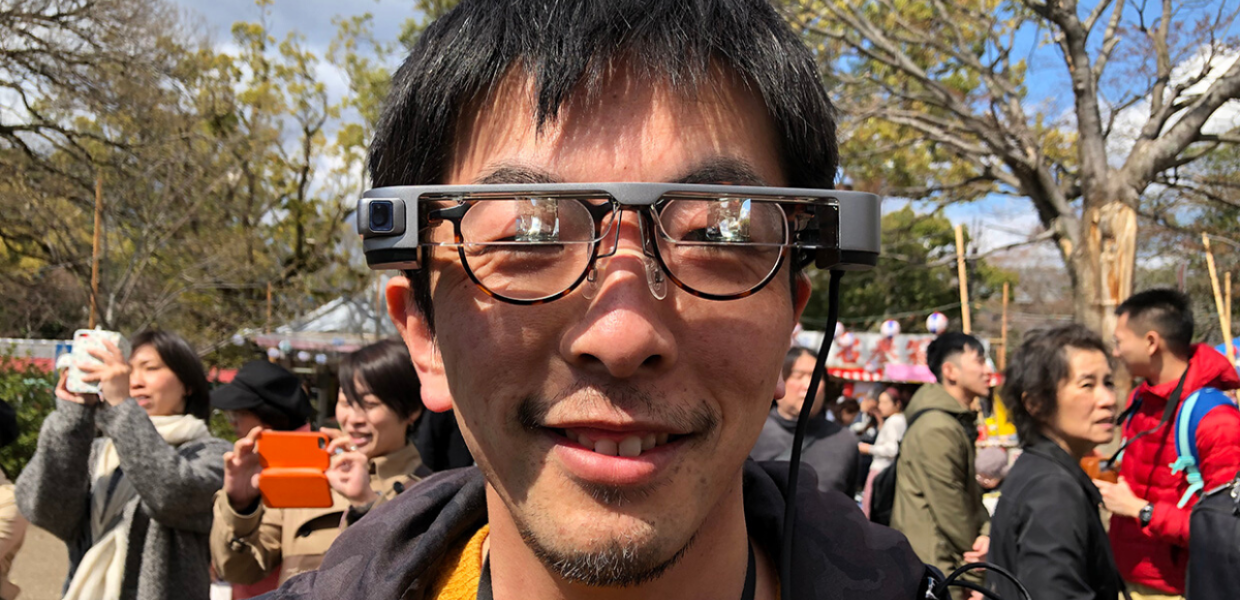This post for Europeana Pro is a wake-up call to custodians of cultural heritage to think about the next platform – the 3D and 4D experiences of the nascent Mirrorworld. Built upon the first generations of online experience (the sprawling communication platform of the World Wide Web), and driven by the ubiquitous reach of social networks and online gaming such as Fortnite, the Mirrorworld will breach the glass ceiling of 2D experiences to draw us into a fully functioning 3D environment. Public institutions that manage cultural heritage for visitors, such as galleries, libraries, archives and museums (GLAMS), are ideally placed to seed the spatial communications network that will drive the new platform.
In a piece for WIRED, Kevin Kelly writes that, ‘The mirrorworld doesn’t yet fully exist, but it is coming. Someday soon, every place and thing in the real world - every street, lamppost, building and room - will have its full-size digital twin in the mirrorworld. For now, only tiny patches of the mirrorworld are visible through AR headsets. Piece by piece, these virtual fragments are being stitched together to form a shared, persistent place that will parallel the real world’ (Kevin Kelly, ‘AR Will Spark the Next Big Tech Platform - Call It Mirrorworld’, Wired, 12 February 2019).
Fascinating? Yes. Scary? Very. But what will this virtual global patchwork of human creativity mean for custodians of cultural heritage, the thousands of institutions scattered around the globe who together hold disconnected slivers of our shared history and globally distributed traces of our common artistic endeavor? How will all these fragments come together and be accessible through the looking glass?
Clearly for the Mirrorworld to ripen to its full potential there are several significant challenges to be surmounted. Ideally we will need digital prosthetics that offer six degrees of freedom (6DoF) which allow the body to freely move in three-dimensional space along the X, Y and Z axes as well as to change orientation between those axes though rotation usually called pitch, yaw and roll. Somebody has to model the world in 3D and every object in this world will need a digital twin. Will consumers be doing this themselves with tiny head-mounted, phone-equipped, or street embedded cameras, or will the data be flooding in from the long-established, world-wide commercial pixel-pushers, Google, Apple, Microsoft, Ingress, Facebook and other global giants? What role will the custodians of culture be playing in this evolving matrix, and what will their responsibilities be to the public?
With the Mirrorworld, Kelly writes, ‘History will be a verb. With a swipe of your hand, you will be able to go back in time, at any location, and see what came before. You will be able to lay a reconstructed 19th-century view right over the present reality. To visit an earlier time at a location, you simply revert to a previous version kept in the log. The entire mirror-world will be like a Word or Photoshop file that you can keep “undoing”. Or you’ll scroll in the other direction: forward. Artists might create future versions of a place, in place. The verisimilitude of such crafty world-building will be revolutionary. These scroll-forward scenarios will have the heft of reality because they will be derived from a full-scale present world. In this way, the mirrorworld may be best referred to as a 4D world’ (Kevin Kelly, ‘AR Will Spark the Next Big Tech Platform - Call It Mirrorworld’, Wired, 12 February 2019).
Once these technologies have ripened, GLAMs can play an active role in perpetuating narratives of cultural heritage through digital enterprise. Leaders such as Europeana have already been promoting these kinds of initiatives. Despite the formidable challenges to be surmounted, it is up to custodians of cultural heritage to become proactive in building the Mirrorworld rather than to wait for third party actors to advance commercial interests with imitation culture, simulated histories, or made-up stories. As gatekeepers of cultural artifacts, GLAMs have the capability, the experience, and even the responsibility to tell their stories forcefully, accurately and in fully-functioning 4D.


